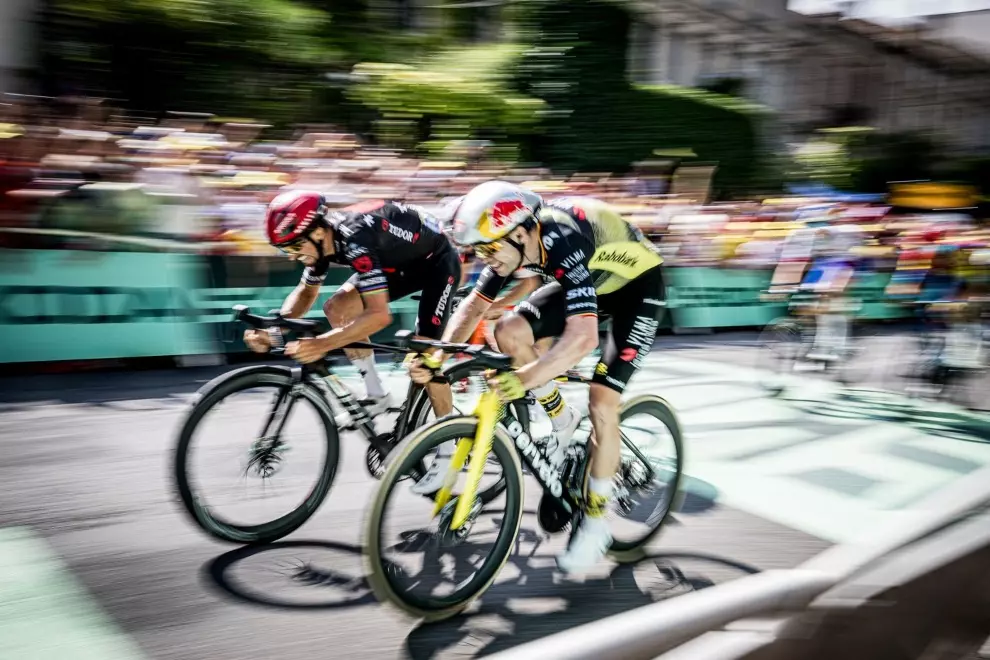Lack of sunlight during winter months can result in low energy but regular outside exercise boosts endorphins, improving your mood and helping combat the effects of seasonal affective disorder (SAD). The fresh air and exposure to light can also lead to better sleep, which in turn boosts mental health.
On the physical side, cold weather can actually increase the amount of calories you burn. Plus the extra vitamin D from light exposure helps with healthy bones and muscle.
Convinced? Read on for some winter cycling tips.
How to dress
The most important part of dressing for winter is selecting layers that keep you warm and allow you to regulate your temperature. Whilst some sweating is unavoidable, it’s best to choose layers that wick sweat away, remain warm when wet and allow you to adjust your temperature.
Cycling specific clothing isn’t always necessary – good quality outdoor clothing is fine if you can cycling in it without feeling restricted and without it flapping or getting in the way of your chain.
Look outside your core discipline for more clothing choices: mountain bike or trail jackets often have hoods that fit over your helmet whereas road cycling jackets rarely do.
-
- Merino can be a good choice for some, remaining warm when wet and drying quickly.
- Two way zips make temperature regulation easier.
- Consider Gore-Tex outerwear but remember you’ll heat up more quickly and adjust over layers accordingly.
- Cover your ears and wear a neck gator.
- Make sure your socks aren’t too tight as it will make your feet colder. Same with gloves
- Wear overshoes to keep feet as warm as possible.
- For desperately cold days, use activated foot or hand warmers. For the most comfort, put the too pads on top of your feet.
- If it’s rainy or dark, don’t forget your lights.
- Riding off-road can mean less road spray and less wind chill. It also helps in avoiding black ice.
- Consider lower tyre pressure for more grip
Make sure to clean and take care of your bike so that it works properly. Pay particular attention to cleaning your brakes, use wet lube on your chain and inspect your tyres before leaving home. Changing tubes in the cold is more unpleasant than usual so consider switching to tubeless – this will also mean you can run lower pressure.



